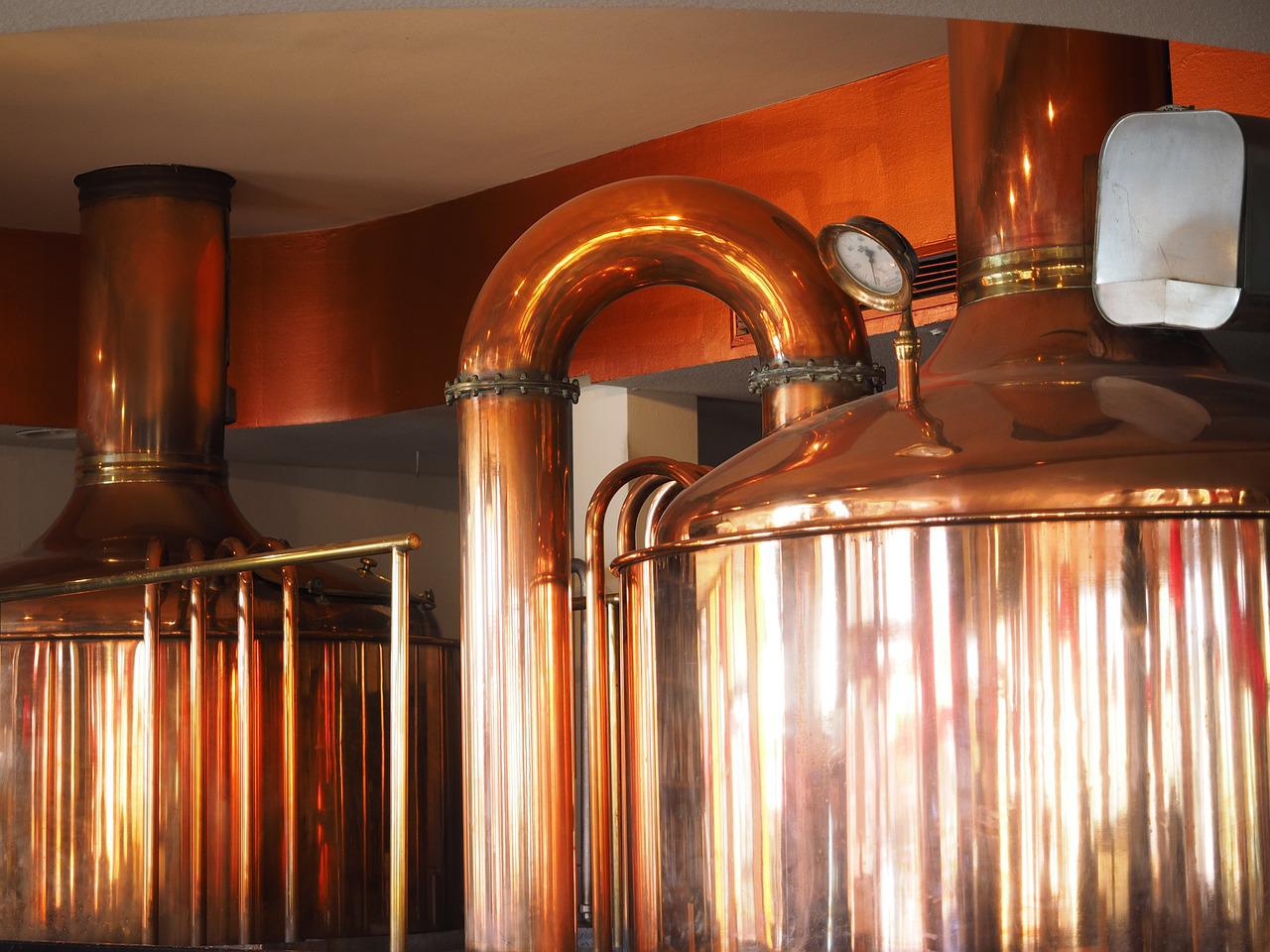- Copper is heading higher, the question is ‘when’
Copper prices are about 3% higher today on a short-covering but it’s been a rough ride from $4.60 in early June to $3.20 today. That puts many mines close to break-even prices and puts many new projects on ice.
What makes it such an interesting decline is that it goes against one of the strongest consensus trades in the world: That in a few years there won’t be enough copper.
It hearkens back 15 months ago to a note from Goldman Sachs that got more attention than any base metals note in memory.

The this is unblemished. If there is going to be a green transition, it will mean much higher copper demand. EVs and green power all require much more copper than conventional energy.
A huge deficit is coming but even the recent pop in prices didn’t
“Over the last two years, even though the copper has doubled, there hasn’t been a single new copper mine approved,” said Goldman’s Snowden in May.

The problem is that demand in the middle of the decade will come in the middle of the decade. Right now, EVs are still a small portion of vehicle demand and green power generation is a moderate tailwind. That all pales in comparison to the negative drag from a construction slowdown in China and failing global growth.
Here’s how Scotia sums it up today:
“Due to a weaker demand outlook, we now anticipate the copper market to shift into a modest net surplus position in the 2022-2023 period before reverting to balance in 2024. Longer-term, we continue to anticipate the emergence of very large projected deficits in the 2025-2026 period. In our view, the industry will require a massive re-investment in new capacity to meet the supply challenges expected to arrive by the middle of the decade as depletion’s and grade declines at the world’s existing production base materially erodes output, driving enormous projected deficits beginning in 2025 or 2026. Recent geopolitical developments in Latin America, including proposed plans for materially higher taxation for the mining industry, are also likely to further compound the future supply crisis.”

For whatever reason, there is little in the way of long-term thinking in investing right now. Commodity producers trade largely on spot prices, with a moderate nod to the futures curve.
Maybe and innovation disrupts the need for copper?

That’s a fine thesis to hold but tech markets trade (or at least traded) based on optimistic revenue and total-addressable market assumptions a decade out, assuming that the dominant leaders today would have dominant moats decades away despite a long history of the opposite. Meanwhile copper’s moat is founded in the laws of chemistry.
So what can investors do?
I’ll leave the answer to that to Charlie Munger:


